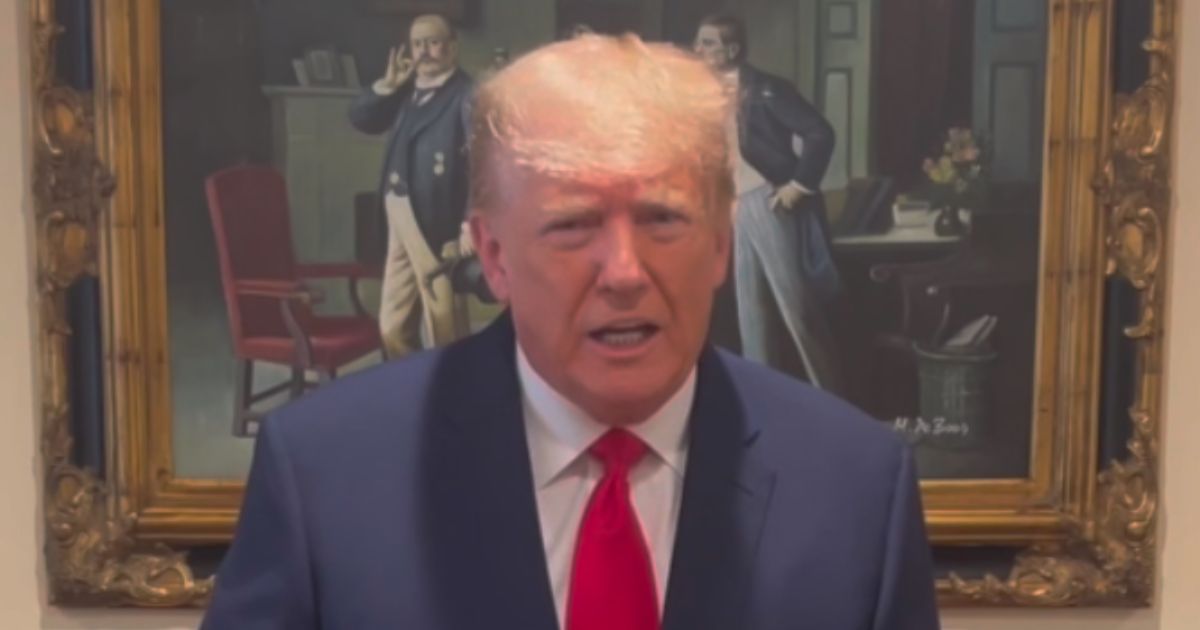Hurricane Helene Spurs Urgent Starlink Deployment For Internet Access
Hurricane Helene's aftermath reveals an unexpected lifeline: Starlink, the satellite internet service previously rejected by the Biden administration.
According to HotAir, hurricane-affected residents now rely on Starlink for internet connectivity when other services have failed.
This comes after the Federal Communications Commission (FCC) denied SpaceX's Starlink an $885 million subsidy in 2022, a decision upheld last year, to provide broadband to rural Americans.
Observers find it ironic that Starlink terminals, provided by private individuals, local governments, and even Elon Musk, are now being quickly sent to affected regions. The service plays a key role in restoring communication in areas where traditional networks have been damaged or wiped out.
FCC's Controversial Decision and Its Consequences
The FCC's decision to deny Starlink the subsidy was based on claims that the service hadn't proven its reliability. This move was seen by some as politically motivated, given the tensions between the Biden administration and Elon Musk, CEO of SpaceX.
The consequences of this decision are now becoming apparent. States heavily impacted by Hurricane Helene, including Florida, Georgia, South Carolina, North Carolina, and Tennessee, would have had nearly 93,000 Starlink kits available if the FCC hadn't revoked the awarded support.
This situation highlights the potential gap between government decision-making and practical needs during emergencies. While the FCC cited reliability concerns, Starlink is now demonstrating its effectiveness in crisis situations.
Private Sector and Individuals Step In
In the wake of Hurricane Helene, private citizens and organizations are taking the initiative to deploy Starlink terminals in affected areas. Social media platforms are filled with reports of individuals and groups bringing Starlink systems to regions without other means of communication.
Former President Donald Trump has also gotten involved, announcing his coordination with Elon Musk to set up Starlink for hurricane victims who have lost communication. This collaboration between private entities and former government officials underscores the urgency of the situation.
The contrast between the speed of private deployment and government action is stark. Some individuals claim to be installing more Starlink terminals than the federal government, highlighting potential inefficiencies in official response efforts.
Broader Implications for Rural Broadband Initiative
The current reliance on Starlink in the hurricane's aftermath raises questions about the Biden administration's broader rural broadband initiative. Vice President Kamala Harris, who oversees this initiative, faces scrutiny as the program has yet to connect a single home.
Critics argue that the decision to exclude Starlink from the rural broadband program was based more on political considerations than on practical efficacy.
The $42 billion set aside for broadband expansion remains unspent, while Starlink demonstrates its capability to provide immediate connectivity in challenging circumstances.
This situation may impact public perception of the administration's ability to efficiently provide basic government services, particularly in times of crisis. It also highlights the potential consequences of allowing political considerations to influence infrastructure decisions.
Looking Ahead: Lessons and Potential Changes
The Hurricane Helene aftermath serves as a real-world test for Starlink's capabilities and may prompt a reassessment of the FCC's previous decision. The effectiveness of Starlink in providing emergency communications could influence future policy decisions regarding rural broadband initiatives.
As the situation unfolds, it raises important questions about the balance between government oversight and the ability to rapidly deploy emerging technologies in crisis situations. The contrast between the intended rural broadband program and the current emergency use of Starlink may lead to calls for more flexible and responsive government policies.
The reliance on Starlink during this crisis demonstrates the potential of satellite internet technology in disaster response. It also highlights the need for a comprehensive approach to emergency communications that can leverage traditional infrastructure and innovative solutions like Starlink.
Moving forward, policymakers may need to reconsider how emerging technologies can be integrated into disaster preparedness and response strategies, ensuring that political considerations do not overshadow practical needs in times of crisis.



